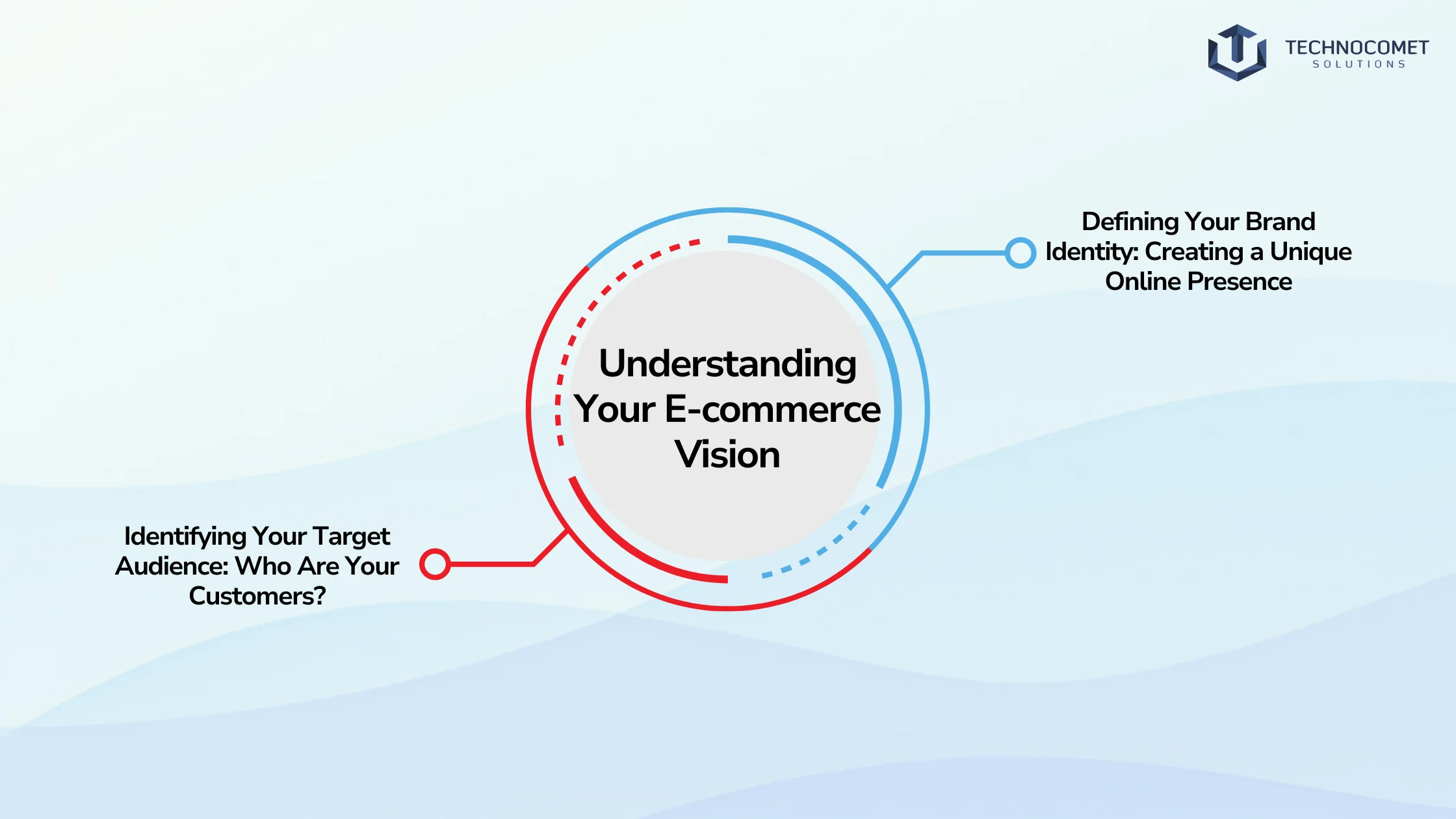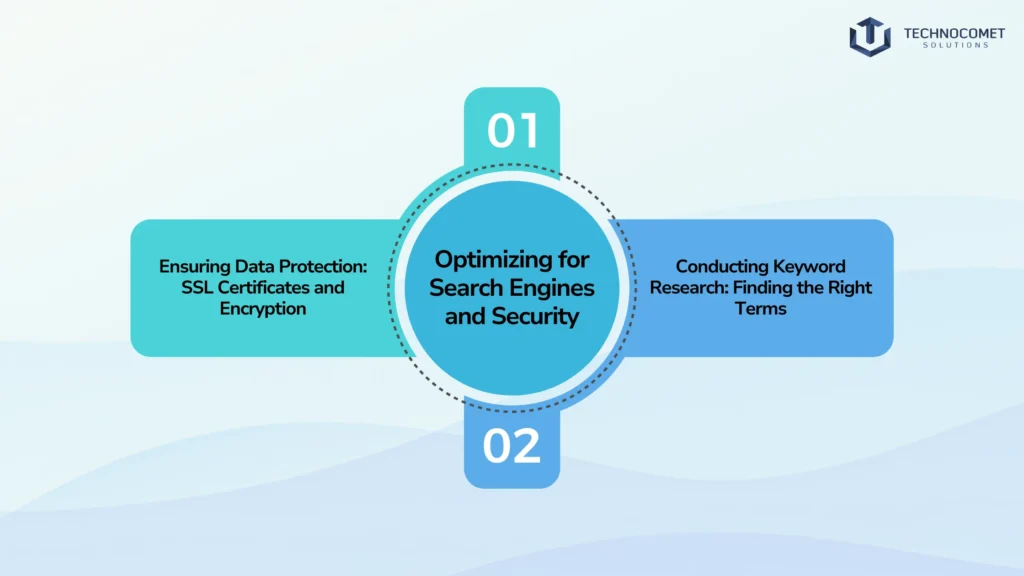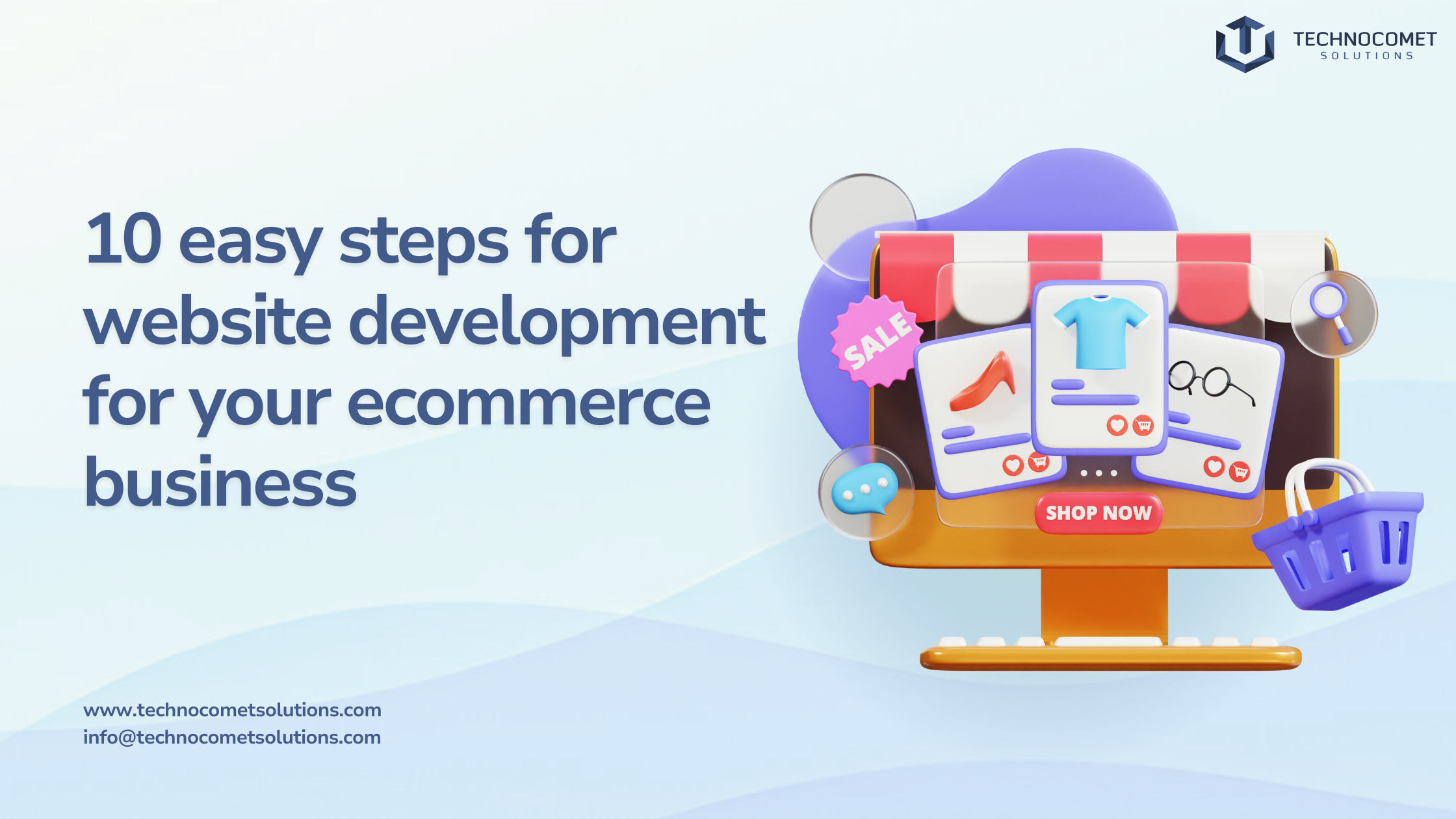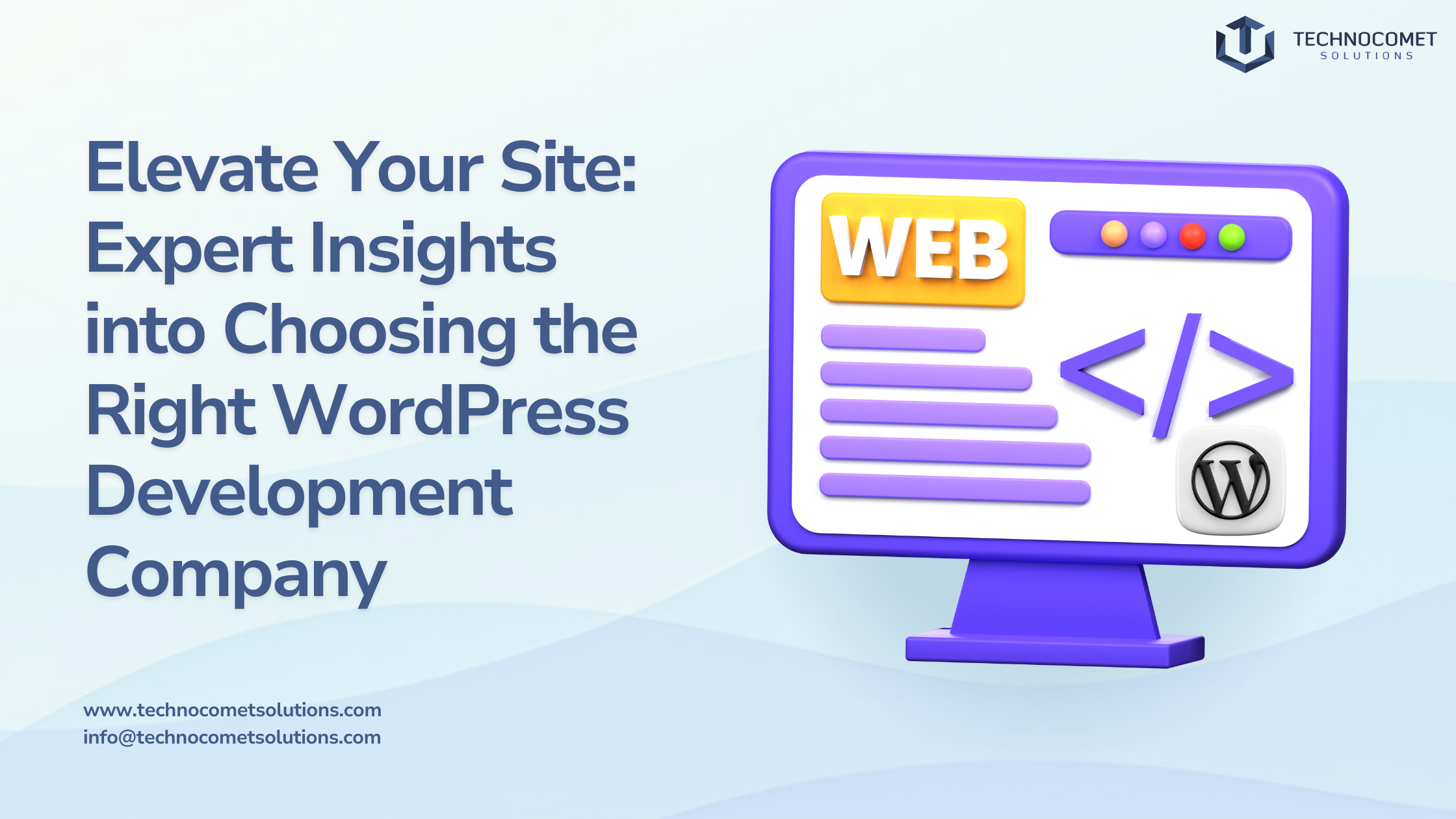Introduction
Creating an effective website for your e-commerce business is crucial to building your online presence and achieving your business goals. You can create a website that attracts customers and drives sales with the right steps. Let’s dive into the ten easy steps for developing a top-notch e-commerce site. An engaging and intuitive website design can significantly enhance the user experience, encouraging visitors to explore your products and make purchases. Incorporating robust SEO strategies can improve your site’s visibility, making it easier for potential customers to find you.

Understanding Your E-commerce Vision
Before you begin building your website, you need a clear vision of what you want your e-commerce business to look like online.
Defining Your Brand Identity: Creating a Unique Online Presence
Your brand identity sets you apart from your competitors. Think about your logo, color scheme, fonts, and overall style. These elements should reflect the personality of your e-commerce business. A cohesive and appealing brand identity makes your site memorable and trustworthy.
Identifying Your Target Audience: Who Are Your Customers?
Knowing your target audience is essential for creating a website that resonates with them. Are your customers young adults, professionals, or parents? Understanding their preferences and needs will help you design a site that appeals directly to them and enhances their shopping experience.
Designing and Developing Your Site
Crafting a Visually Appealing Layout: First Impressions Matter
Your website’s layout should be clean, intuitive, and visually appealing. A well-designed homepage with high-quality images and easy navigation can captivate visitors from the moment they arrive. Make sure your design is mobile-responsive, so it looks great on all devices.
Building Core Functionality: Shopping Cart, Payment Gateway, etc.
The core functionality of your e-commerce site is crucial. Ensure you have a smooth shopping cart experience and reliable payment gateways. These features are the backbone of any e-commerce business, enabling customers to make purchases easily and securely. Also, consider integrating features like product search, filtering options, and customer reviews to enhance the user experience.

Optimizing for Search Engines and Security
Conducting Keyword Research: Finding the Right Terms
Keyword research is vital for improving your site’s visibility on search engines. Identify keywords that potential customers use to search for products you offer. Incorporate these keywords naturally into your website’s content, product descriptions, and meta tags. For example, using the keyword e-commerce business throughout your site can help you rank higher in search results.
Ensuring Data Protection: SSL Certificates and Encryption
Security is a top priority for any e-commerce business. Implement SSL certificates to encrypt data and ensure secure transactions. Customers need to trust that their personal and payment information is safe when shopping on your site. Regularly update your security measures to protect against potential threats and breaches.
Testing and Launching Your Site
Conducting Usability Testing: Gathering User Feedback
Usability testing involves evaluating your website with real users to identify any issues or areas for improvement. Ask friends, family, or potential customers to navigate your site and provide feedback. This can help you spot problems you might have missed and ensure a smooth user experience.
Planning a Successful Launch: Marketing and Promotions
A successful launch requires more than just putting your site online. Plan a marketing strategy to generate buzz and attract visitors. Utilize social media, email marketing, and online ads to promote your new e-commerce business website. Consider offering launch promotions or discounts to encourage first-time shoppers.
Conclusion
Building a website for your e-commerce business may seem daunting, but by following these ten easy steps, you can create a professional and effective online store. Start with a clear vision, design a user-friendly site, optimize for search engines, ensure security, and thoroughly test before launching. By focusing on these areas, you can set your e-commerce business up for success.
Transform your e-commerce business with TechnoComet Solutions! We offer expert IT services to create a professional, secure online store. Reach out to us today and start your journey to success. Contact us today!
FAQs
A smooth and secure payment gateway is crucial for ensuring a seamless shopping experience and building customer trust. This feature not only streamlines the checkout process, making it easy and quick for customers to complete their purchases, but it also provides various payment options to cater to different customer preferences.
Improving your e-commerce site’s visibility on search engines involves several strategic steps. Start by conducting thorough keyword research to identify the terms and phrases your potential customers are using. Incorporate these keywords naturally into your website’s content, including product descriptions, meta tags, headers, and URLs.
Mobile responsiveness is essential for an e-commerce website because it ensures that your site looks great and functions well on all devices, including smartphones and tablets. With a significant portion of online shopping now taking place on mobile devices, a responsive design helps you attract and retain more customers by providing a seamless and intuitive browsing experience.
Ensuring the security of your customers’ data involves multiple layers of protection. Implement SSL (Secure Sockets Layer) certificates to encrypt data transmitted between your website and your customers, safeguarding sensitive information such as personal details and payment information.






